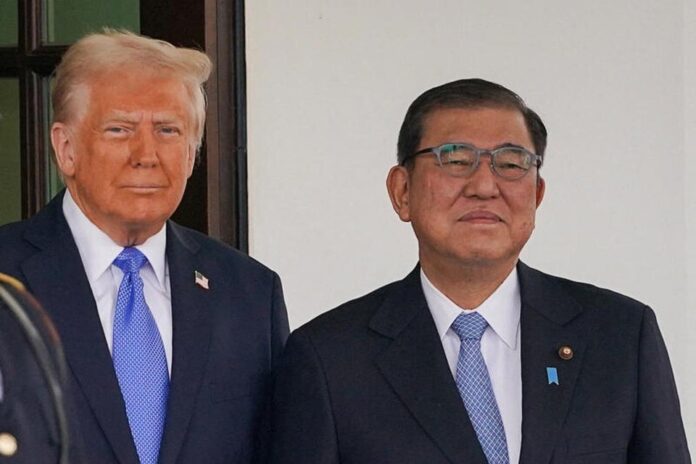I just watched news of Japanese Prime Minister Shigeru Ishiba’s 30‑minute meeting with President Donald Trump about auto tariffs in Kananaskis, Canada, and I’m struck by how high the stakes are for both countries. Ishiba made a point to press Trump on ending the 25 percent tariff on Japanese vehicles and the 24 percent reciprocal levy on other imports, warning these measures could cost Japan more than $19 billion this fiscal year if they continue unchanged reuters.com. From my view, this moment underscores not just a trade dispute but a test of diplomatic resolve between two close allies.
Economic Impact on Japan’s Auto Sector
I believe the impact on Japan’s export‑driven economy could be severe. Data from Mizuho Research & Technologies suggest the tariffs could shave up to 0.9 percent off Japan’s GDP this year nippon.com. Automakers such as Toyota, Honda, and Nissan face a real dilemma: absorb the extra costs and squeeze profit margins or pass them on to U.S. consumers and risk losing market share. Interestingly, April’s figures show that while the dollar value of Japan’s car shipments to the U.S. fell by nearly 5 percent, the actual number of vehicles exported rose slightly, indicating manufacturers are choosing to eat the tariff rather than hike prices reuters.com. To me, that signals how deeply automakers are tied to the U.S. market, and why Japan can’t afford a prolonged standoff.
Domestic Political Pressures
On the home front, Ishiba faces growing pressure from his own party as voters head to the polls for an upper‑house election next month. After a setback in the lower‑house vote, he cannot appear to have caved in without any gains. “I will make every possible effort to reach an agreement that benefits both Japan and the United States,” Ishiba told reporters before the summit channelnewsasia.com. I think he’s walking a tightrope: push too hard and risk offending Trump; concede too much and face a political backlash at home. His public insistence on a fair deal seems intended to show Japanese voters that he fought for their interests.
What Comes Next
Looking ahead, the path to resolution remains unclear. Ishiba and Trump pledged to keep talking after the summit, with another opportunity at the NATO meeting in The Hague later this month reuters.com. I’m curious to see if negotiators can close the gap on key sticking points, or if they’ll simply agree to defer decisions until after July 9, when the reciprocal tariffs pause expires. In my view, both sides need to find common ground soon. Prolonging uncertainty hurts business planning and could force automakers to rethink their North American strategies.

